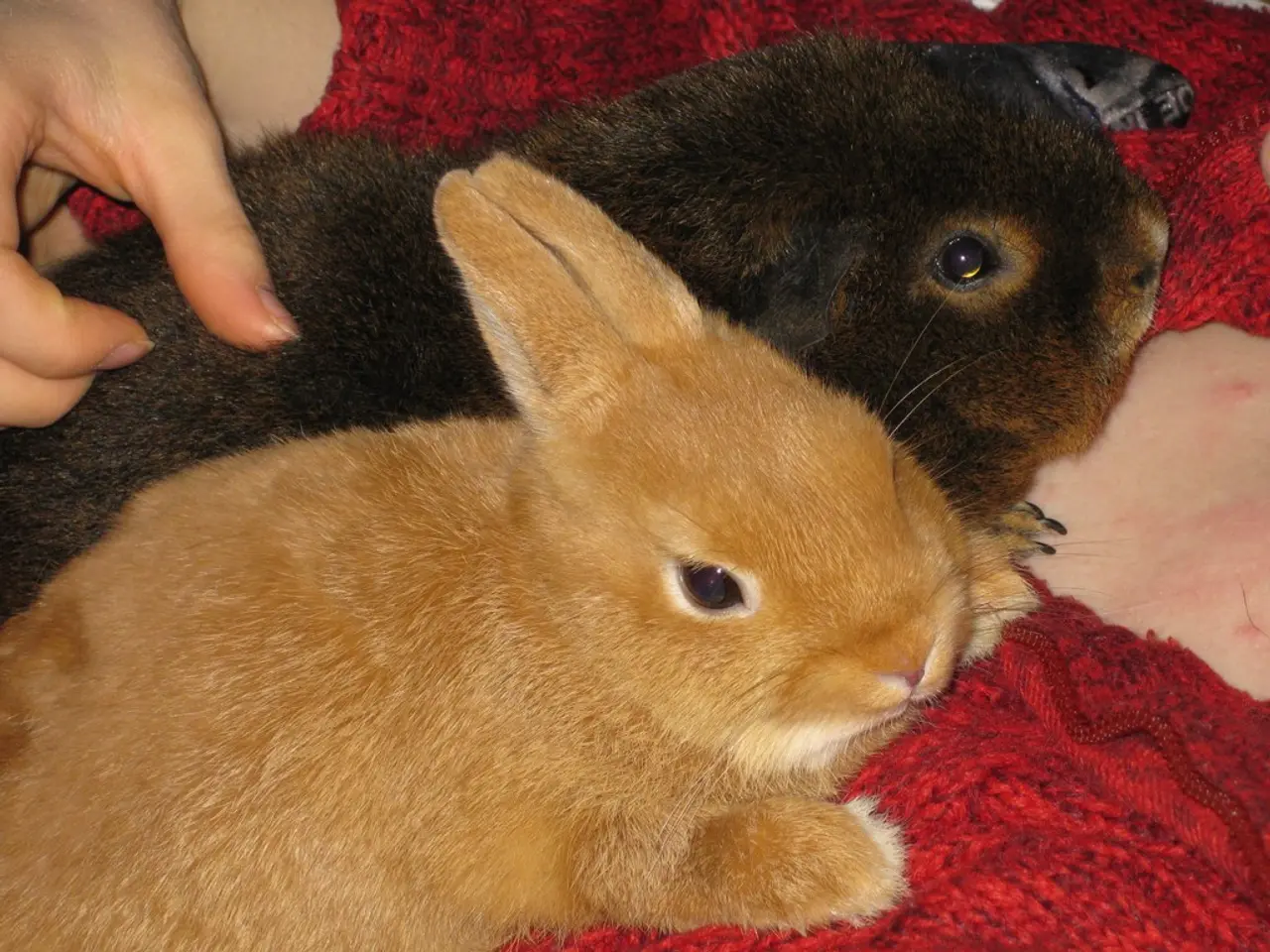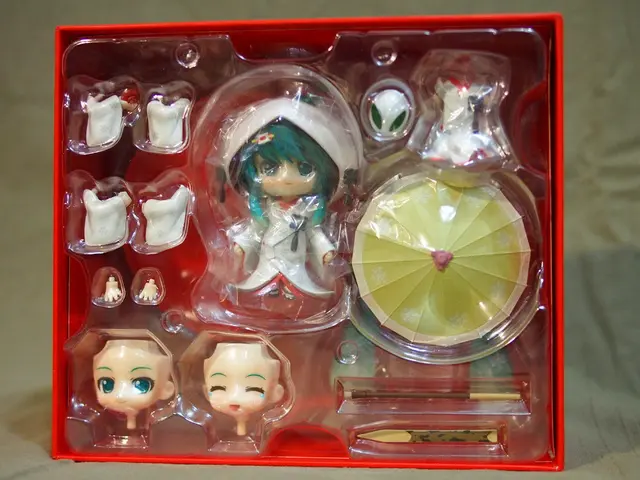Excessive Rabbit Fur Shedding: Strategies for Managing the Excess Hair
Rabbits, like many pets, shed their fur throughout the year as part of a natural biological process known as molting. This process, which typically happens a few times a year, allows rabbits to shed old fur and make way for new growth. The frequency of molting can vary, with most adult rabbits shedding two to four times annually. However, it's essential for rabbit owners to be aware that excessive or unusual shedding could signal underlying health or environmental issues.
Molting is the primary cause of excessive shedding in rabbits. This natural process is usually triggered by changes in temperature or daylight hours and can last from a few days to several weeks. Short-haired rabbits tend to shed evenly, while long-haired or dense-coated breeds may shed large patches at once, a phenomenon known as "blowing coat."
However, excessive shedding could also indicate health or environmental concerns. For instance, ingesting too much loose fur during grooming, especially during heavy molting periods, can be dangerous and cause digestive blockages. Improper lighting, temperature, or lack of natural seasonal cues can disrupt normal molting cycles or make shedding more pronounced.
Stress, illness, nutritional deficiencies, parasites, or hormonal imbalances might also contribute to abnormal hair loss. While these factors are common in various animals, specific details on these in rabbits would require veterinary evaluation.
Longer-haired rabbit breeds may require professional grooming or trimming to manage excessive shedding. During heavy shedding, much of the hair can be removed with fingers before brushing. It's crucial to groom your rabbit regularly, not only to control shedding but also as a great way to bond with your pet.
Rabbits should be groomed at least once a week for short-haired breeds and every day for long-haired breeds. Grooming your rabbit helps prevent fur ingestion and keeps their skin clean and healthy. However, rabbits have sensitive skin, so it's important to ask an expert for advice on grooming and trimming.
Boredom can also cause excessive shedding in rabbits. To prevent this, ensure your pet has plenty of toys and space to explore. If you notice your rabbit shedding excessively, it might be a sign of stress, boredom, or ill health. In such cases, it's advisable to consult a vet to determine the cause and address any issues promptly.
While rabbit shedding is a normal part of their cycle, it's important to monitor the pattern and amount of fur loss. If the shedding is patchy, excessive beyond normal molts, or accompanied by other signs of illness or behavioral changes, consult a veterinarian.
In conclusion, while molting is the normal cause of excessive shedding in rabbits, owners should monitor the pattern and amount of fur loss, ensure proper grooming to prevent fur ingestion, and consult a veterinarian if the shedding is patchy, excessive beyond normal molts, or accompanied by other signs of illness or behavioral changes.
- Rabbits, similar to other pets, undergo a natural process called molting, shedding their fur throughout the year.
- This process, which happens a few times a year, allows rabbits to discard old fur and promote new growth.
- Excessive or unusual shedding in rabbits may signal underlying health or environmental issues.
- Longer-haired rabbit breeds may require professional grooming or trimming to manage excessive shedding.
- Regular grooming helps prevent fur ingestion, keeps the rabbit's skin clean, and is a great way to bond with the pet.
- Boredom can also cause excessive shedding in rabbits, so it's crucial to provide toys and space for exploration.
- If the rabbit sheds excessively, it could be a sign of stress, boredom, or ill health, indicating the need for a veterinary consultation.




